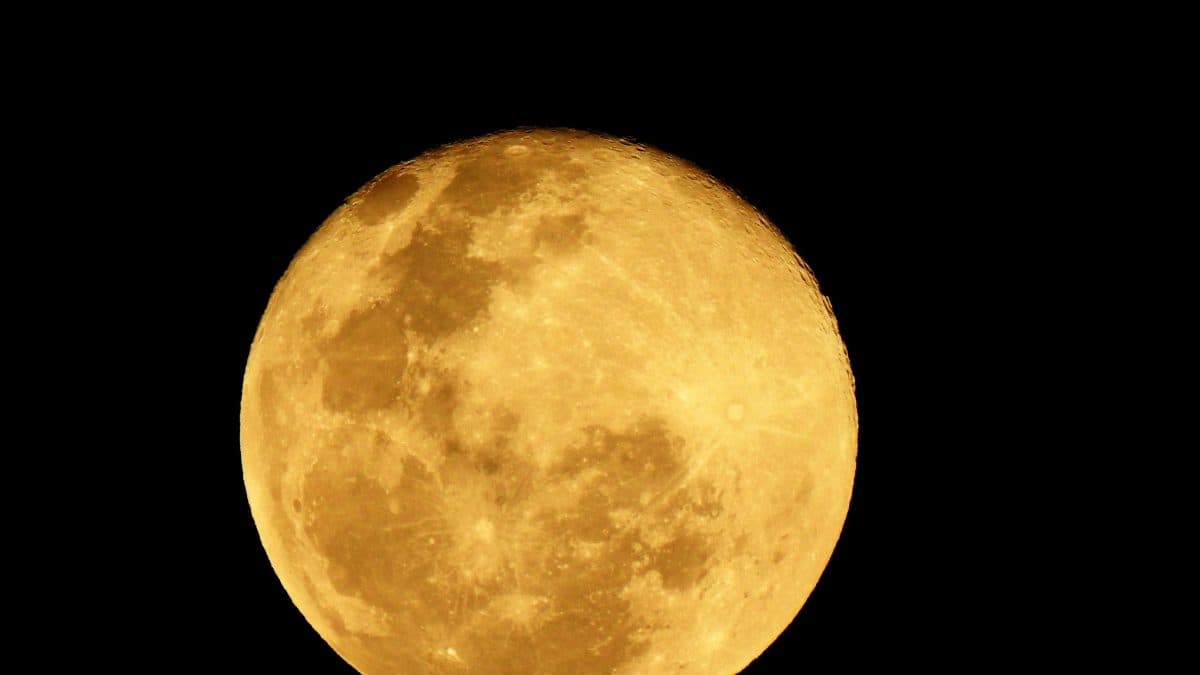We're loading the full news article for you. This includes the article content, images, author information, and related articles.
The largest and brightest full moon of 2025 will be visible across Kenya this week, offering a significant celestial spectacle. Here is how and when to get the best view from East Africa.

Skywatchers across Kenya and the East Africa region are set to witness the year's most impressive lunar event—the Beaver Supermoon—which will reach its peak on the afternoon of Wednesday, 5 November 2025. While the precise moment of full illumination is during daylight, the most spectacular views are expected during moonrise on Wednesday and Thursday evenings.
According to astronomical data from Time and Date, the moon will officially become full in Nairobi at 4:19 p.m. East Africa Time (EAT) on Wednesday. However, the most visually stunning moments will occur as the moon ascends above the eastern horizon. On Wednesday, 5 November, moonrise in Nairobi is scheduled for 6:25 p.m. EAT, and on Thursday, 6 November, it will rise at 7:17 p.m. EAT, offering two excellent opportunities for observation.
A supermoon occurs when a full moon coincides with its perigee—the point in its elliptical orbit where it is closest to Earth. This proximity makes the moon appear larger and more luminous than a typical full moon. According to NASA, a supermoon can appear up to 14% larger and 30% brighter than when it is at its farthest point, or apogee. The November 2025 event is particularly noteworthy as it will be the closest the full moon comes to Earth all year, making it the biggest and brightest of 2025.
The name 'Beaver Moon' is derived from traditions of early Native American tribes and colonial settlers in North America. According to The Old Farmer's Almanac, it signifies the time of year when beavers prepare their dams for winter and when hunters would trap them for their thick winter pelts. While the name has Northern Hemisphere origins, the astronomical event itself is a global phenomenon.
No special equipment is necessary to enjoy the supermoon; the spectacle is visible to the naked eye. For an enhanced experience, binoculars or a basic telescope can reveal finer details of the lunar surface, such as craters and maria (dark plains). The key to a memorable viewing is finding a suitable location. Experts recommend finding a spot with a clear, unobstructed view of the eastern horizon, away from the light pollution of major urban centres. In Nairobi, this could mean heading to the outskirts of the city or finding an elevated vantage point.
For those in other parts of the country, areas known for clear skies, such as the Maasai Mara, Samburu, or the coastal regions away from town centres, will provide an exceptional backdrop. Kenya's growing reputation for 'astro-tourism' is built on these pristine, dark-sky locations. The 'moon illusion'—an optical effect where the moon appears largest when it is low on the horizon and can be compared with buildings or trees—will be most pronounced at moonrise.
For those looking to photograph the event with a smartphone, several techniques can improve the result. Professional photographers advise against using digital zoom, which degrades image quality. Instead, frame the moon with a foreground element like a tree or building to create a sense of scale. Using a tripod or steadying the phone on a surface will prevent blurring. Many modern smartphones have 'Night Mode' or 'Pro' settings that allow for manual adjustments to ISO and shutter speed for a clearer image. As of reporting, the Kenya Space Agency (KSA) has not issued a specific public statement regarding the 2025 Beaver Supermoon.
This celestial event is the second of three consecutive supermoons in late 2025, providing a series of opportunities for Kenyans to connect with the cosmos. With clear skies, it promises to be a memorable sight.
Keep the conversation in one place—threads here stay linked to the story and in the forums.
Other hot threads
E-sports and Gaming Community in Kenya
Active 7 months ago
Popular Recreational Activities Across Counties
Active 7 months ago
The Role of Technology in Modern Agriculture (AgriTech)
Active 7 months ago
Investing in Youth Sports Development Programs
Active 7 months ago